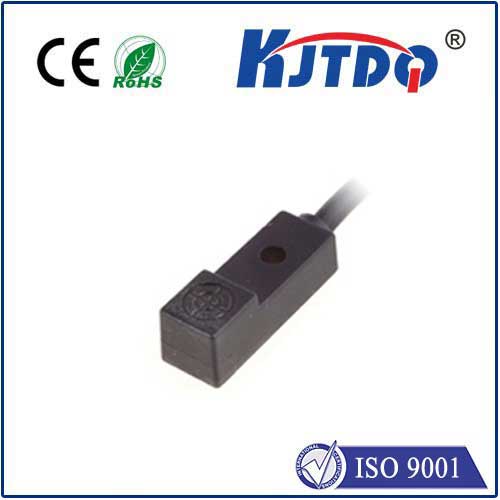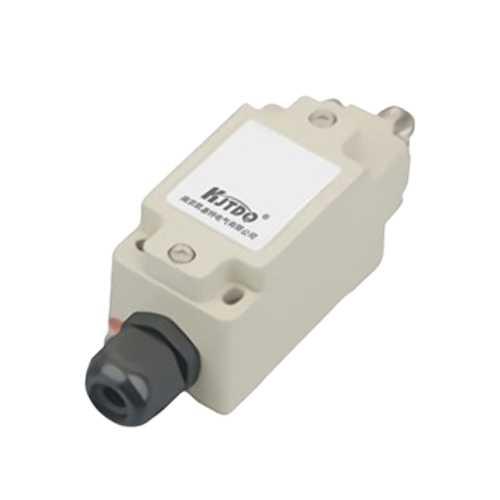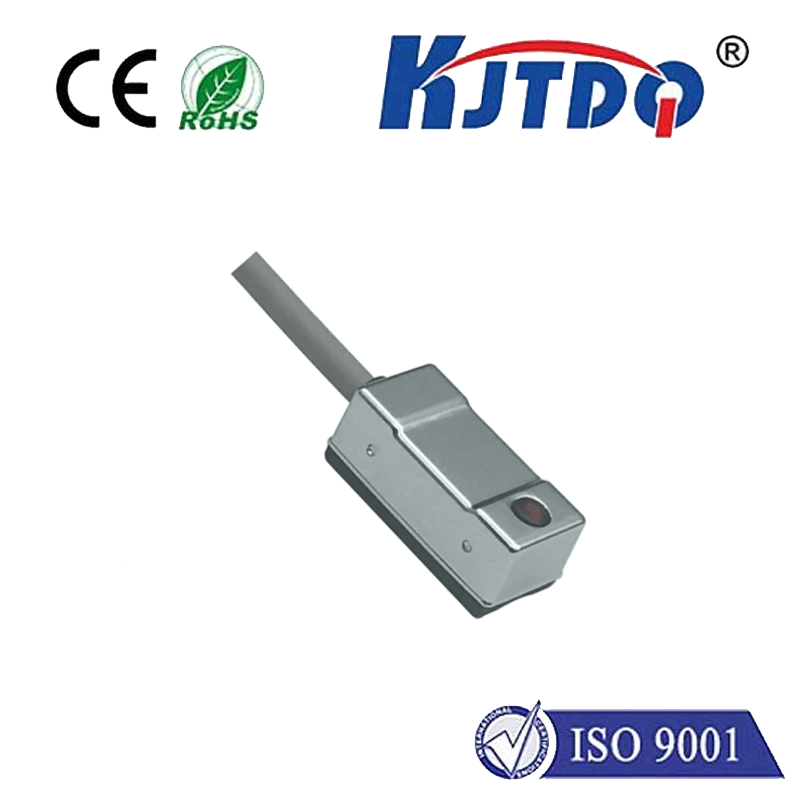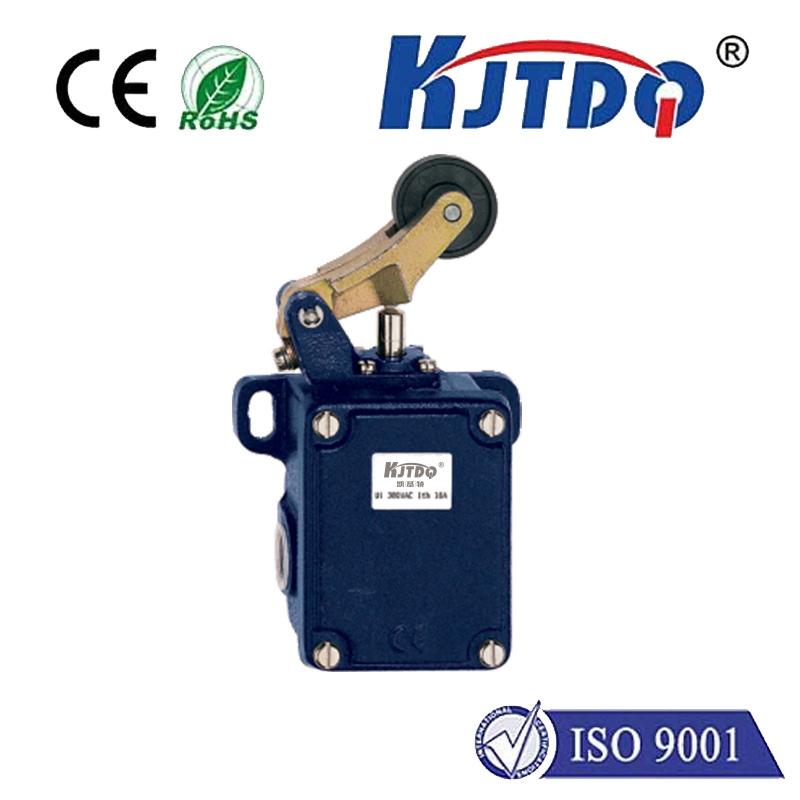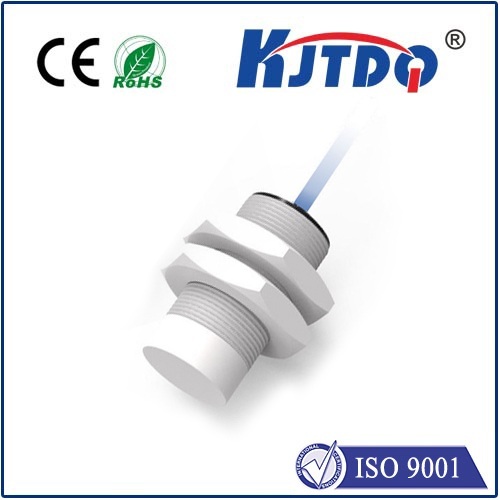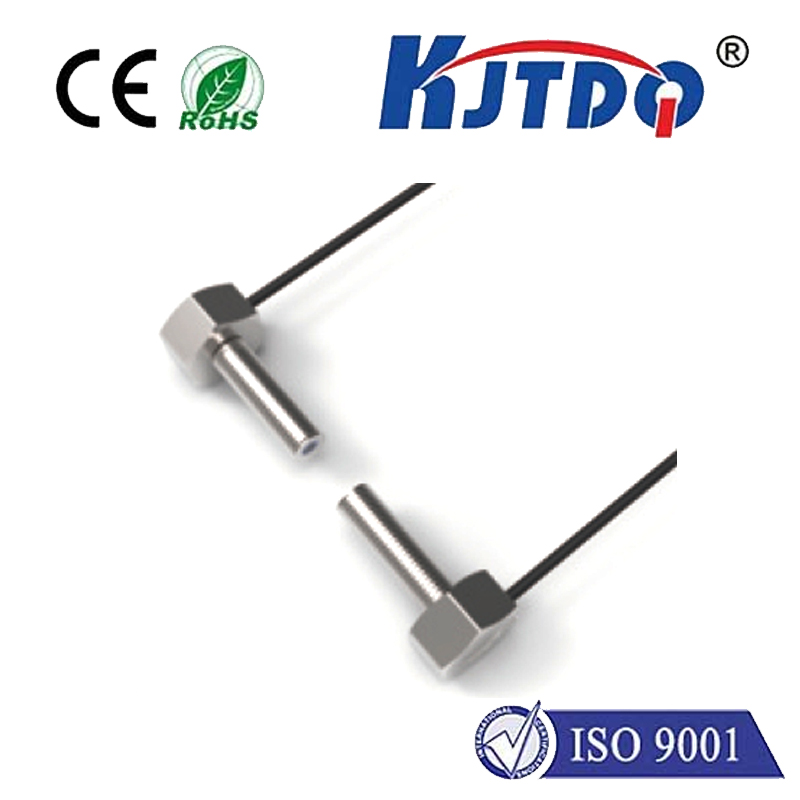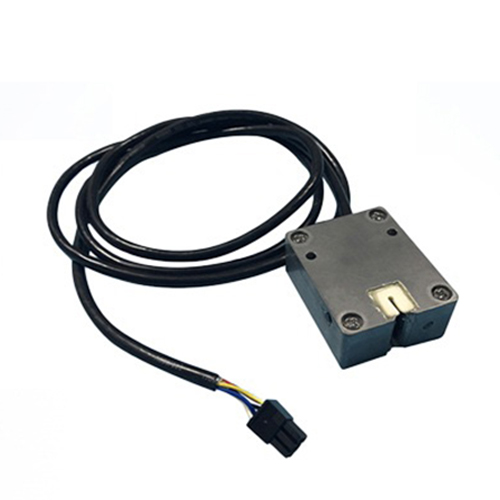proximity sensor m18 pnp no
- time:2025-07-01 00:15:21
- Click:0
M18 PNP NO Proximity Sensors: Precision and Reliability in Modern Automation
Picture a high-speed bottling line, containers zipping past at blinding speed. Hidden within the machinery, rugged sensors reliably detect each bottle’s presence, triggering precise filling and capping—silent guardians ensuring flawless operation. Often, these unsung heroes are M18 PNP NO proximity sensors, the robust backbone of countless industrial applications demanding accurate, non-contact metal detection.
Understanding the Core Components: M18, PNP, NO
The designation “M18 PNP NO” precisely defines the sensor’s critical attributes:
- M18: This specifies the standard cylindrical threaded housing diameter - 18 millimeters. This compact yet robust size offers an excellent balance. It provides sufficient sensing distance and durability for demanding environments while remaining small enough for installation in confined spaces where larger sensors simply won’t fit. The threaded barrel allows for straightforward mounting using readily available M18 nuts.
- PNP: Stands for Positive-Negative-Positive, defining the transistor output’s switching configuration. In a PNP sensor:
- The load (e.g., PLC input, relay coil) is connected between the sensor’s output wire (typically brown) and the power supply’s negative terminal (typically blue).
- When the sensor detects its target, its internal PNP transistor switches ON. This effectively connects the output wire to the sensor’s internal positive voltage supply (+V).
- This action provides a positive signal or voltage (+V) to the load – hence the term sourcing output or positive switching. PNP sensors are widely preferred in many regions and applications due to their compatibility with common PLC sinking input modules.
- NO (Normally Open): This describes the default switching state of the output circuit when the sensor is powered but not detecting a valid target within its sensing range. In the NO configuration:
- No detection = Open circuit: The output transistor is OFF. There is effectively no current flow from the output wire to the positive supply internally. The load receives no signal.
- Detection = Closed circuit: When a target enters the sensing field, the output transistor switches ON. The output wire is now connected to +V, completing the circuit and allowing current to flow through the load – signaling detection.
The Power of the PNP NO Combination in M18 Sensors

Combining these features in the M18 package creates sensors particularly adept at:
- Detecting Presence/Absence: An M18 PNP NO sensor is perfectly suited for basic object detection tasks on assembly lines, conveyors, or within machinery. When an object (typically metallic) enters its sensing range, the output switches on, providing a clear positive signal (+V). Its absence results in the output switching off (NO state). This positive signal on detection is intuitive and aligns with the logic of many control systems.
- Enhancing Safety in Monitoring: The NO characteristic plays a vital role in certain safety monitoring functions. Consider a protective guard door. Wiring an M18 PNP NO sensor to detect the closed and locked position means the safety circuit only receives the crucial +V signal when the door is properly secured. If the door opens or the sensor fails, the signal voltage drops immediately (open circuit/NO state), triggering a machine halt. This signal loss indicates a fault or unsafe condition, a fundamental principle in safety design.
- Offering Clear Signal Logic: The PNP sourcing output delivers a robust voltage signal (typically 10-30V DC) when active. This strong signal is less susceptible to electrical noise compared to weaker signals, ensuring reliable communication with controllers like PLCs or relays. The clear on/off (high/low voltage) state simplifies circuit design and troubleshooting.
Key Advantages Driving Adoption
The M18 PNP NO proximity sensor offers compelling benefits:
- Robustness & Durability: The threaded M18 stainless steel or nickel-plated brass barrel provides excellent resistance to vibration, impacts, and harsh industrial environments. High IP67 and IP69K ratings are common, guaranteeing protection against dust ingress and high-pressure water jets – essential for washdown areas in food processing or chemical plants.
- Straightforward Integration: The standardized dimensions and widespread availability of M18 mounting accessories simplify mechanical installation. The three-wire connection (brown/+V, blue/0V, black/Output) is industry-standard. PNP wiring is generally considered intuitive (output provides +V when active), and its compatibility with sinking PLC inputs reduces interface complexity.
- Non-Contact, Wear-Free Operation: Unlike mechanical limit switches, proximity sensors detect targets without physical contact. This eliminates mechanical wear and tear, dramatically extending service life and minimizing maintenance downtime – a critical factor in high-cycle applications.
- High Switching Speed: Capable of operating at frequencies often exceeding 1 kHz, M18 PNP NO sensors effortlessly keep pace with high-speed production lines and rapid machinery cycles, detecting even very fast-moving targets reliably.
- Cost-Effectiveness: Offering a powerful blend of reliability, performance, and standardized features, these sensors deliver exceptional value across a vast array of common industrial automation tasks.
Ubiquitous Applications
You’ll find M18 PNP NO proximity sensors tirelessly working in diverse settings:
- Conveyor Systems: Tracking product position, counting objects, triggering sorting mechanisms.
- Machine Tools: Monitoring tool position, confirming workpiece presence/clamping, detecting end-of-travel on slides.
- Packaging Machinery: Verifying package presence at sealing stations, controlling filler heads, detecting film breaks.
- Material Handling: Sensing pallet positions, confirming bin levels (for metal containers), detecting robot arm end positions.
- Automotive Assembly: Verifying component insertion, confirming door/hood closure, detecting fixtures on robotic arms.
- General Factory Automation: Any application needing reliable, non-contact detection of metallic objects.
Selecting the Right M18 PNP NO Sensor
Consider these factors for optimal performance:
- Target Material: While primarily inductive (detecting metals), ensure compatibility with your specific target metal type (steel, aluminum, brass). Sensing distance varies.
- Required Sensing Distance (Sn): Choose an M18 sensor with an Sn value safely greater than your installation gap to account for tolerances and temperature drift.
- Output Current Capacity: Verify the sensor’s max load current (e.g., 200mA) meets or exceeds the current draw of the connected device (PLC input, relay coil, pilot light).
- Environmental Conditions: Select appropriate IP rating (IP67 standard, IP68/IP69K for submersion/washdown), temperature range, and resistance to chemicals if needed.
- Electrical Specifications: Match voltage supply (e.g., 10-30V DC), ensure compatibility with your controller’s input type (sinking for PNP), and consider short-circuit/overload protection features.
With their robust M18 construction, intuitive PNP sourcing output, and clear Normally Open logic, these sensors deliver a powerful combination for countless detection tasks. Understanding their operation – the positive signal (+V) generated upon detection and the open circuit during absence – empowers engineers to design simpler, more reliable








